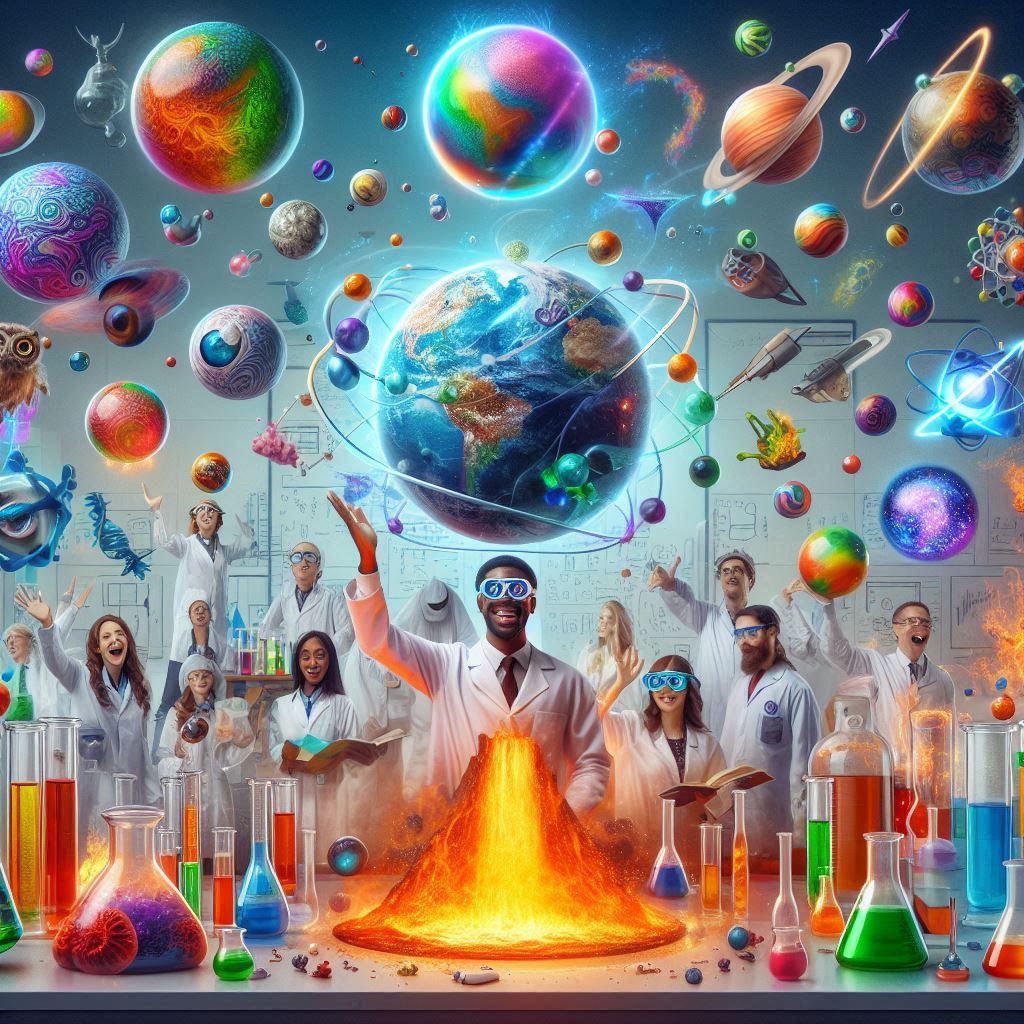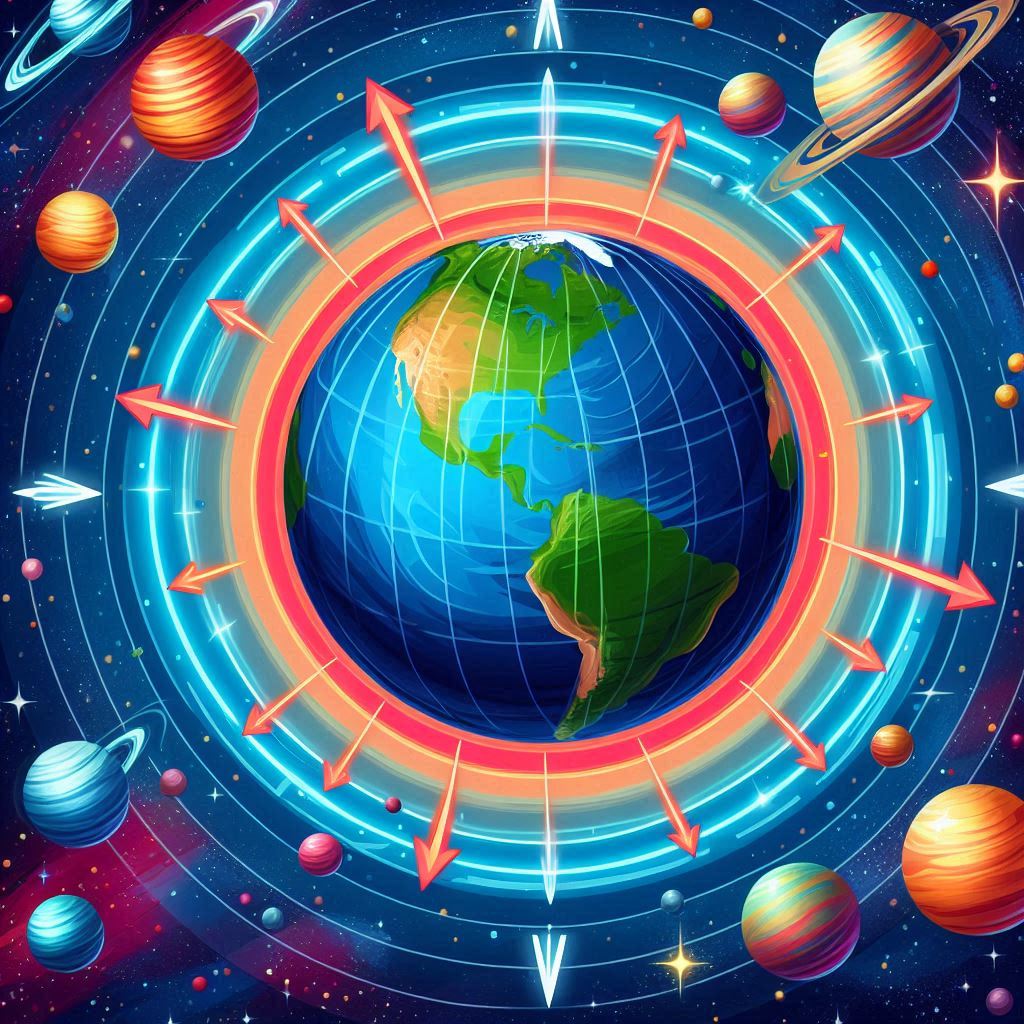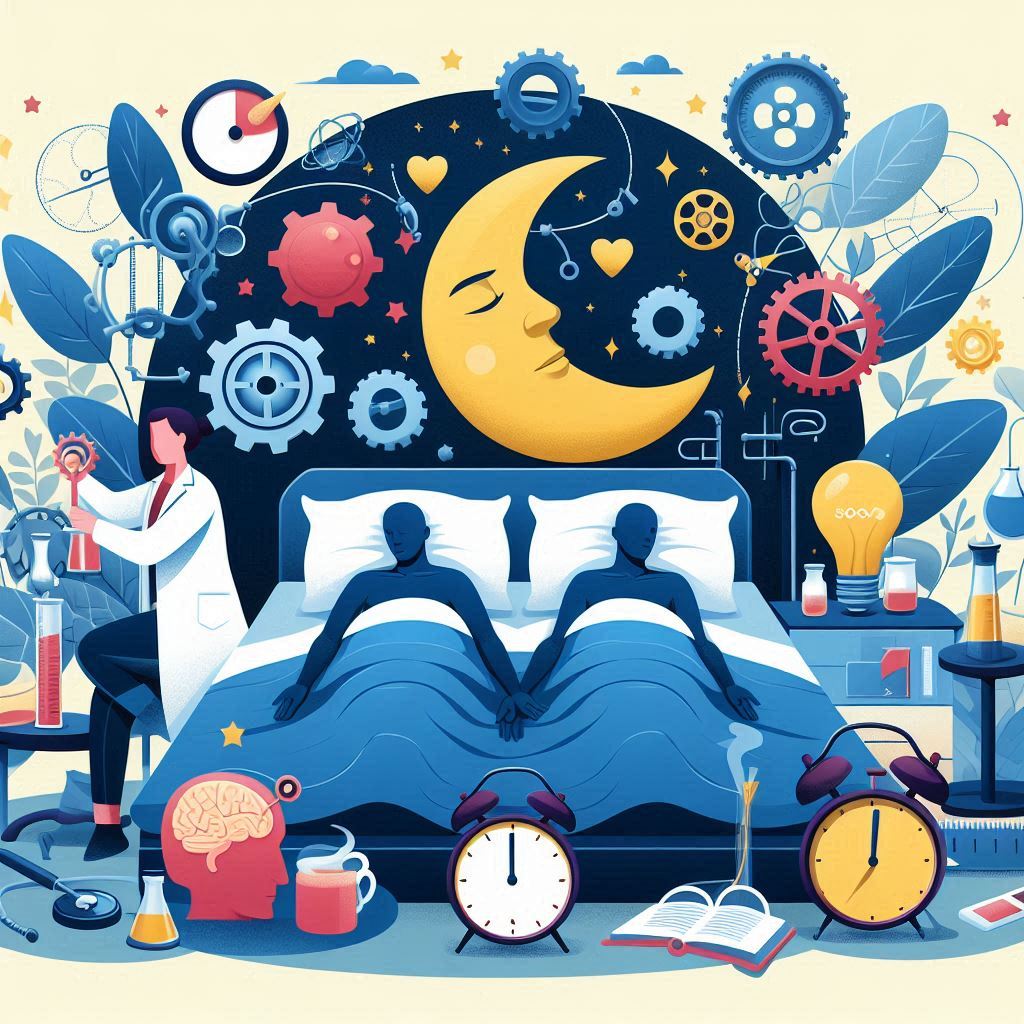Science is all about curiosity and exploration, and sometimes that means trying out some pretty strange ideas. Throughout history, scientists have conducted experiments that might seem bizarre, even downright weird, yet many of these unusual tests led to surprising and important discoveries. Here are some of the most bizarre scientific experiments that actually worked and changed our understanding of the world.
- The Stanford Prison Experiment
In 1971, psychologist Philip Zimbardo created a mock prison in a basement and assigned volunteers to be either guards or prisoners. The experiment, meant to study the psychological effects of prison life, quickly spiraled out of control as “guards” became abusive. Despite its ethical controversies, it revealed disturbing truths about authority and human behavior. - The Balloon Boy Hoax and Atmospheric Physics
Though not a deliberate experiment, the 2009 “Balloon Boy” incident, where a child was supposedly trapped in a helium balloon, prompted scientists to analyze helium balloon behavior and atmospheric pressure. It helped improve safety protocols and our understanding of gas behavior in the atmosphere. - The Miller-Urey Experiment
In 1952, Stanley Miller and Harold Urey mixed water, methane, ammonia, and hydrogen and exposed the mixture to electric sparks, simulating early Earth conditions. Remarkably, they produced amino acids—the building blocks of life—showing how life’s chemistry could have originated naturally. - The Fruit Fly Mutation Experiments
Fruit flies have been used since the early 1900s to study genetics. Scientists exposed flies to various chemicals and radiation to induce mutations, leading to discoveries about heredity and DNA. These tiny experiments paved the way for modern genetics. - The Marshmallow Test
This simple yet strange experiment tested children’s self-control by offering them one marshmallow immediately or two if they waited. The surprising outcome showed that delayed gratification in childhood correlated with better life outcomes later, influencing psychology and education. - The Physics of Walking on Water
To understand how some insects can walk on water, researchers dropped small objects and insects on water surfaces and analyzed surface tension effects. These quirky tests led to insights in fluid dynamics and even inspired water-repellent materials. - Cows and Magnetic Fields
Farmers once noticed cows lying mostly north-south. Scientists tested this odd claim using satellite imagery and magnetic field data, confirming cows align with Earth’s magnetic field. This bizarre discovery opened questions about animal navigation.
These experiments prove that sometimes the weirdest ideas can lead to groundbreaking science. They remind us that thinking outside the box and embracing curiosity—even when it looks strange—can unlock incredible knowledge about ourselves and the universe.




